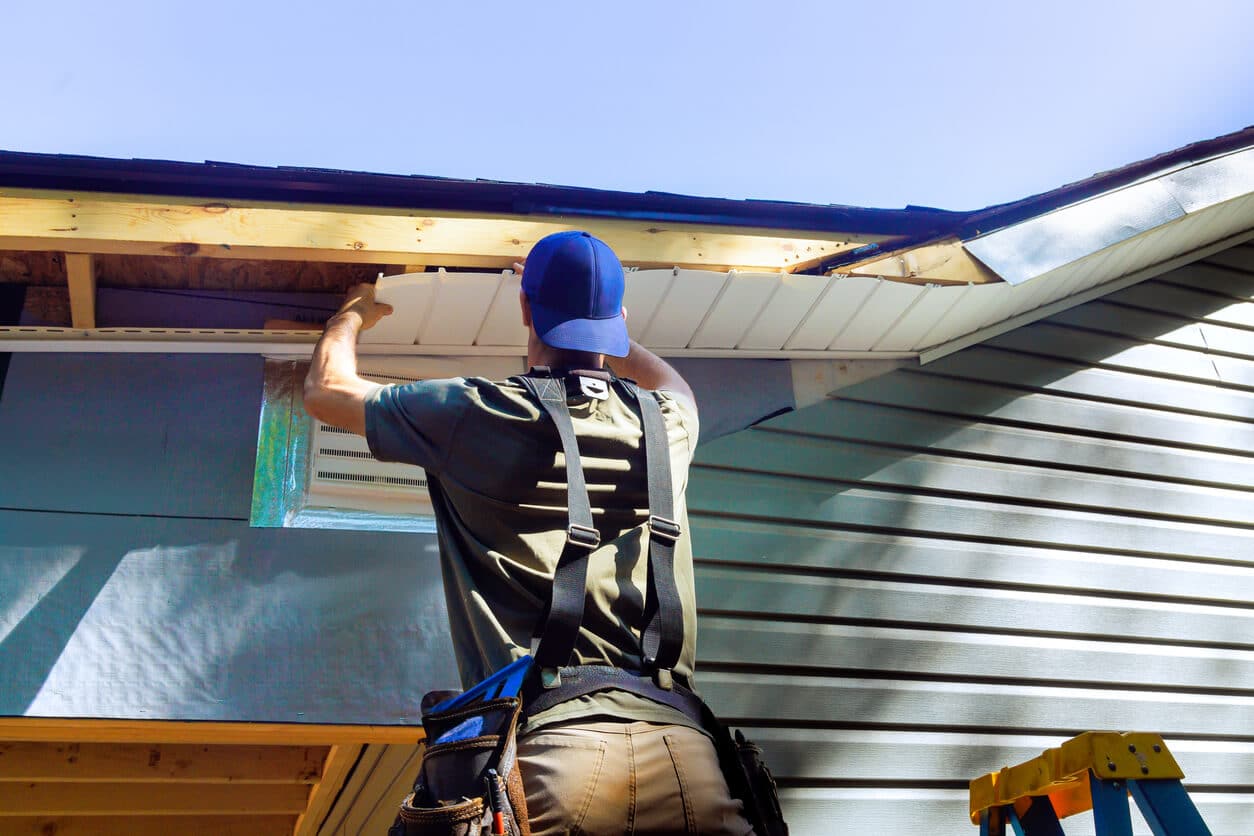
You were just cleaning out the flower beds when you noticed it. A piece of wood near the roofline looked warped and discolored. Maybe there was some peeling paint, or worse, a small hole where birds had been nesting. You told yourself it was nothing urgent. Until water started staining the attic ceiling during the last storm.
Sound familiar?
Soffits and fascia are easy to overlook until they start failing. And by then, the damage can reach much deeper than the surface, from rotting rafters to detached gutters and pest invasions.
That’s where Mr. Roofer comes in. With decades of experience and a repair-first approach, we help Atlanta homeowners like you stop small problems from becoming big ones. This guide will walk you through what soffits and fascia actually do, how to spot damage early, and why professional fascia and soffit repair is the smartest move, especially for older homes.
Let’s protect your roofline before it costs you more than it should.
What Are Soffits and Fascia—and Why Are They Important?
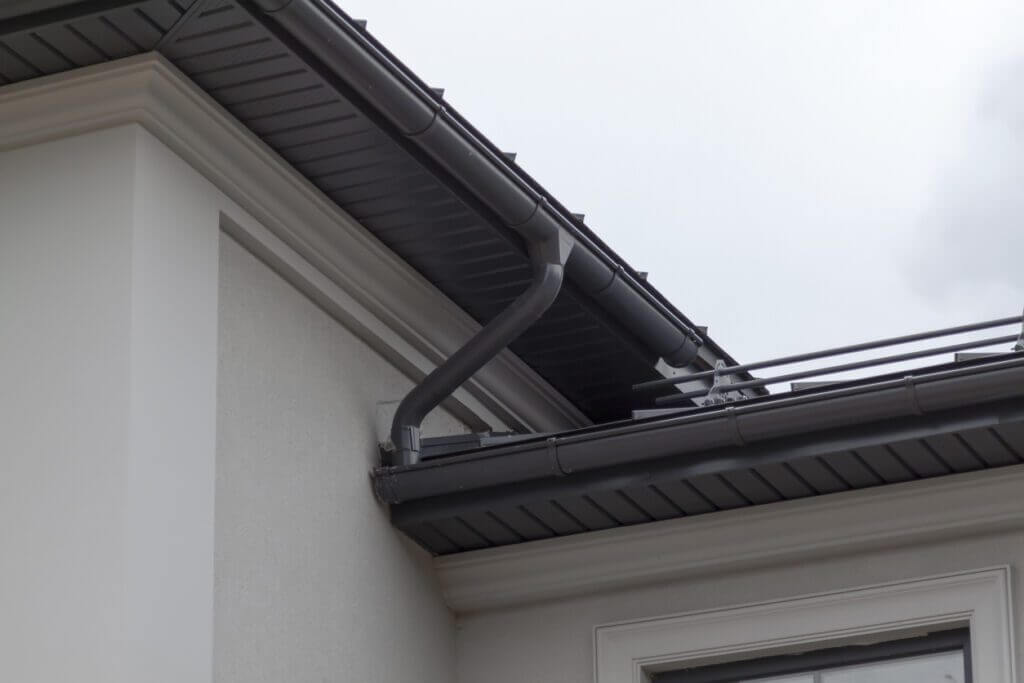
Soffits and fascia may not be the first things you notice on a roof. But they play a crucial role in protecting your home, especially in older Atlanta houses where moisture control and ventilation are critical.
Soffits are the horizontal boards tucked under the eaves of your roof. They’re often vented to allow airflow into the attic, which helps regulate temperature and prevent moisture buildup that can lead to mold or wood rot.
Fascia is the vertical board that runs along the edge of the roofline. It’s what your gutters are mounted to, and it acts as the last line of defense between the roof’s edge and the elements.
Together, these components do more than just polish your home’s appearance. They safeguard your roof’s structure and help prevent costly long-term damage.
Here’s a quick side-by-side breakdown:
Feature | Soffit | Fascia |
Location | Underside of the roof eaves | Front-facing vertical edge of the roofline |
Function | Provides attic ventilation | Supports gutters and blocks water from entering roof/attic |
Material | Wood, vinyl, aluminum | Wood, aluminum, composite |
Protects | Attic and rafters from moisture and heat buildup | Roof edges and rafters from water intrusion |
Visual Role | Creates a clean, finished look beneath the eaves | Gives the roofline a smooth, defined edge |
Common Issues | Rot, pest infestation, ventilation blockages | Water damage from leaky gutters or poor flashing |
Common Causes of Soffit and Fascia Damage
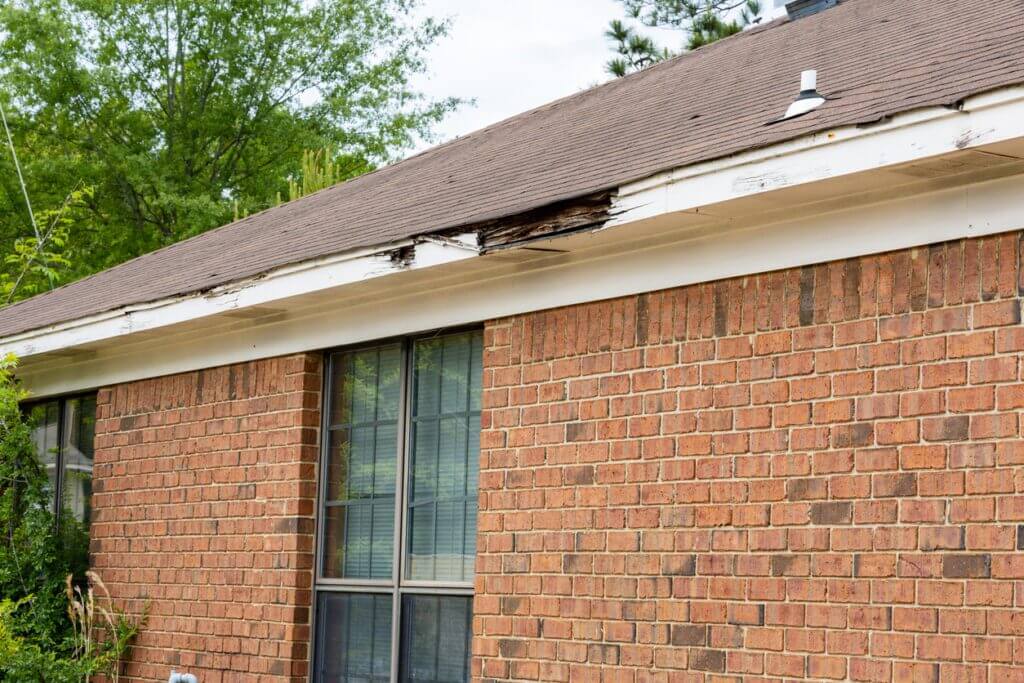
Soffits and fascia may be out of sight, but they shouldn’t be out of mind. These components are exposed to the elements year-round, and a range of issues can compromise their performance, especially in Atlanta’s weather. Below are the most common culprits behind fascia and soffit damage.
Water Intrusion From Clogged or Damaged Gutters
When gutters are clogged or misaligned, water overflows and spills directly onto the fascia and soffit boards. Over time, this constant moisture leads to:
- Paint peeling
- Wood rot
- Eventual structural decay
In severe cases, the weight of trapped water or debris can even pull gutters away, damaging the fascia in the process.
To counter this issue, routine gutter cleaning and inspections are your first line of defense.
Ice Dams and Poor Ventilation
While ice dams are less frequent in Atlanta, poor attic ventilation can still cause warm air to rise and condense in cooler soffit areas, leading to mold and moisture buildup. In older homes, lack of adequate airflow can silently deteriorate soffits over time, especially if insulation or venting isn’t up to current standards.
Ventilation matters more than you might think. It’s what keeps your attic (and roofline) breathing.
Animal or Insect Intrusion (Squirrels, Birds, Bees)
Small gaps or decaying wood are open invitations to pests. Squirrels and birds often nest in soffit cavities, while bees and wasps take advantage of unsealed entry points. Once inside, animals can chew through insulation and wiring, while insects may weaken the structure even further.
Seal small holes promptly and call a pro if you hear scratching, buzzing, or notice nests.
Age-Related Wood Rot and Delamination
Like most exterior wood components, fascia and soffits naturally deteriorate with age, especially in Atlanta’s humid summers. Over time, wood can begin to rot or delaminate (peel apart), especially if it’s been painted over without proper prep or exposed to years of UV rays and rain.
Keep in mind that not all aged wood needs replacing. Some can be repaired or reinforced.
Improper Flashing Installation
Roof flashing is the thin metal or membrane used to direct water away from vulnerable roof transitions. When installed incorrectly or omitted entirely, water can bypass gutters and run behind fascia boards, soaking into the soffits and rafters. This hidden damage often goes unnoticed until rot or mold appears.
Correcting flashing mistakes early is far cheaper than replacing water-damaged structural elements later.
Signs You Need Soffit or Fascia Repair
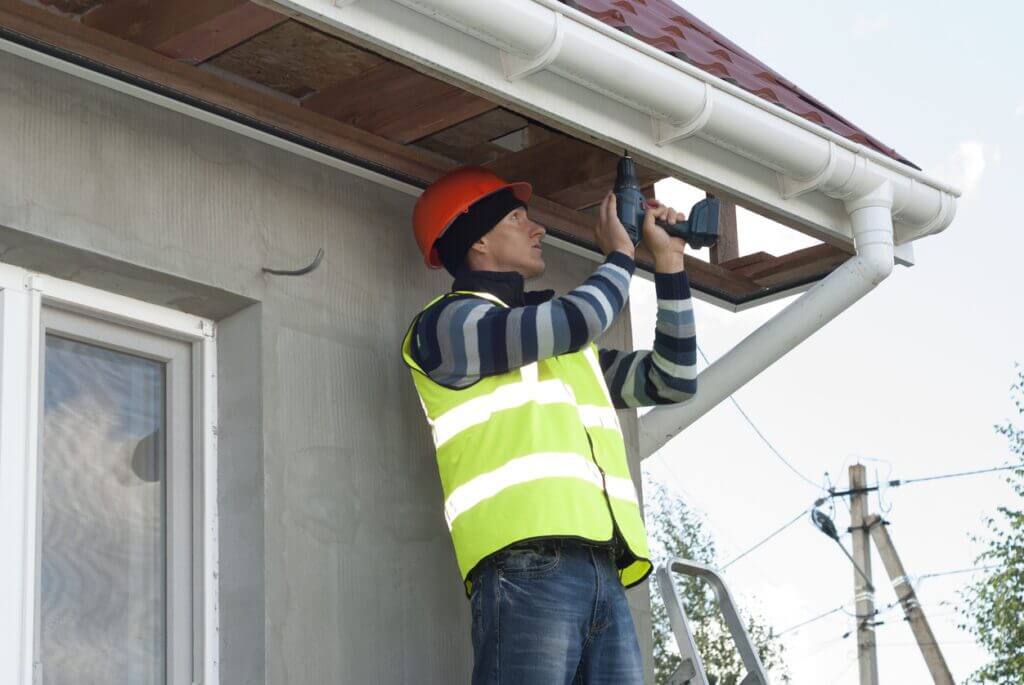
Fascia and soffit damage often starts small. Left unchecked, it can spiral into expensive structural issues. Knowing what to look for gives you the chance to act early and save money. Here are the top signs your soffits or fascia may need professional attention.
Peeling Paint or Visible Wood Rot Along the Roof Edge
Paint that’s blistering, flaking, or peeling around the roofline is more than a cosmetic issue. It’s often the first sign of moisture penetration. If left alone, water can seep into the wood underneath, leading to:
- Soft spots
- Mildew
- Decay
Wood rot is especially common in older Atlanta homes that haven’t been maintained regularly.
If you spot peeling paint or suspect rot, don’t just repaint. Have the wood inspected first.
Sagging Soffit Panels or Holes
Soffits should sit flush with the underside of your eaves. If they’re sagging, drooping, or showing gaps, something is wrong. It’s usually a result of:
- Moisture damage
- Pest activity
- Fastener failure
Holes or gaps, even small ones, can invite pests and compromise attic ventilation.
Minor soffit sag can often be repaired instead of replaced if caught early.
Gutter Detachment or Overflow
When gutters separate from the fascia board, it often indicates that the underlying wood is too damaged to hold screws or brackets. Overflowing gutters also dump water onto fascia boards and soffits, accelerating their deterioration.
Walk your home’s perimeter during a rainstorm to spot any gutter overflow or leaks.
Water Stains in Attic Corners
Brown or yellowish stains in your attic, especially near the corners or eaves, can signal that water is getting past the soffits or fascia. These stains are often the result of ice damming, bad flashing, or failing gutter systems that allow moisture to creep inside.
Don’t ignore attic stains. They’re one of the few early signs of a soffit or fascia breach.
Animal Sounds or Nests Near Eaves
If you hear scratching, rustling, or squeaking near your eaves or see nests tucked into the soffits, you may have uninvited guests. Birds, squirrels, and insects can enter through deteriorating soffit panels or gaps in the fascia. They not only cause soffit damage but can also signal that repairs are overdue.
Call a pro before patching. Many infestations require careful removal to avoid future reentry.
How to Repair Soffit (And Why It’s Not Always DIY-Friendly)
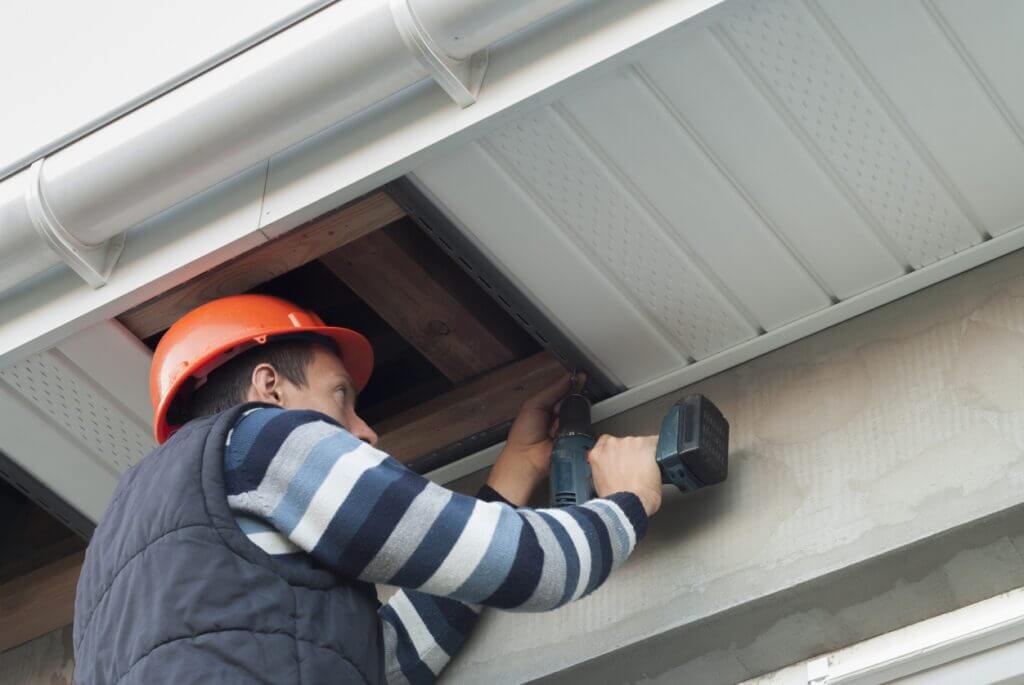
Soffit repair may seem straightforward, but it often reveals deeper issues, like hidden wood rot, pest damage, or poor attic ventilation. That’s why professionals like Mr. Roofer take a careful, methodical approach. Below is a general step-by-step breakdown of how soffit repair is handled, not for DIY instruction, but to help homeowners understand what’s involved.
1. Remove the Damaged Soffit Panel
The first step is safely detaching the damaged soffit section without disturbing nearby trim, gutters, or fascia. This can require removing nails or screws, and in some cases, detaching part of the gutter system to access the panel fully. Care must be taken to avoid damaging adjoining boards, especially in older homes where materials may be brittle.
Poor removal can crack neighboring panels or expose more of the structure to water intrusion.
2. Check Rafter Condition
Once the soffit is removed, a professional will conduct a roof inspection to evaluate the underlying rafters or framing for signs of:
- Rot
- Mold
- Pest damage
If the wood structure is compromised, it must be repaired or reinforced before any new soffit panel goes in. This step is where a small cosmetic issue can turn into a structural one and where experience counts.
The rule of thumb is to only replace what’s necessary. Preserve what’s still solid.
3. Replace or Patch the Panel
If the soffit damage is localized, a patch may be enough to restore function and appearance. In other cases, the full panel is replaced with new material (wood, vinyl, or aluminum) matched to the existing soffit. Pros also ensure proper venting is maintained or improved, especially if the old soffit had blocked or outdated vents.
Pay attention to the details. Matching materials and maintaining airflow is key to long-term performance.
4. Repaint and Seal
The final step is to paint (or stain) the new panel to match the rest of the soffit and then seal the area to protect against future moisture intrusion. This finishing work helps blend the fascia and soffit repair seamlessly and prolongs the life of the surrounding materials.
High-quality paint or sealant is your soffit’s first defense against Atlanta’s humidity and storms.
Why Matching Soffit Materials and Ventilation Specs Matters
Not all soffits are created equal, especially in older Atlanta homes, where previous fascia and soffit repairs or additions may have mixed materials and blocked proper airflow. Matching the material (wood, vinyl, or aluminum) and the ventilation specs (like vent spacing and open area per square foot of attic) is essential for both appearance and function.
Using mismatched panels can lead to uneven aging, warping, or discoloration over time. Worse, installing panels without proper venting or blocking existing vents, can trap heat and moisture in the attic. This increases the risk of mold growth, shingle damage, and even ice dams in colder months.
Keep in mind that soffit repairs are as much about attic health as they are about curb appeal. Roof ventilation isn’t optional; it’s engineered.
Fascia Repair vs. Replacement: What to Know
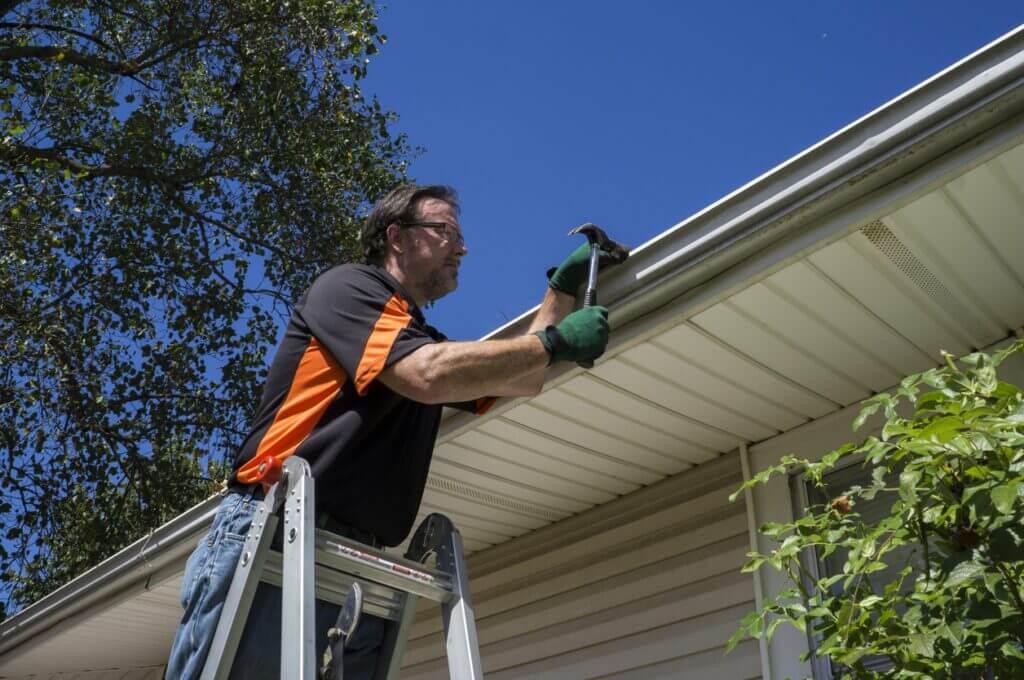
Fascia boards support your gutter system and help keep moisture out of your roof structure. But when they’re damaged, should they be patched or fully replaced? The answer depends on the extent of the damage, the condition of the surrounding materials, and how well the fascia has been protected over time. Here’s what every homeowner should understand.
When You Can Patch vs. When a Full Board Needs Replacing
Minor cracks, small areas of rot, or isolated damage around fasteners can often be patched or spliced with treated wood or composite material. These targeted repairs restore structural integrity and preserve the existing board, saving time and money.
However, if the damage extends more than a few feet or if the rot has spread into the rafter tails or behind the gutters, full replacement is the smarter option. Replacing the entire board ensures the problem won’t return and allows for better sealing and gutter reattachment.
If more than 25-30% of a fascia board is compromised, replacement is typically the safer long-term choice.
Importance of Flashing to Protect Fascia Over Time
Flashing is one of the most overlooked defenses against fascia damage. Installed above the fascia and behind the roof edge or drip edge, it helps channel water into the gutters, keeping it away from wood edges. When flashing is missing, bent, or improperly installed, water can creep behind the fascia and cause hidden rot.
Always inspect and update fascia flashing during repairs to stop moisture problems at the source.
Proper Sealing and Painting to Prevent Future Rot
Whether patching or replacing, fascia repair isn’t finished until it’s properly sealed and painted. Exterior-grade primer and paint (or stain, depending on the material) provide a crucial moisture barrier. All seams and joints should also be caulked to prevent water infiltration, especially where gutters attach.
At Mr. Roofer, the goal is never to upsell. It’s to repair what’s solid and only replace what’s unsalvageable. That means reinforcing existing boards when possible, using weather-resistant sealants, and applying high-quality finishes that withstand Atlanta’s rain and humidity.
Why Soffit and Fascia Repairs Shouldn’t Be Delayed
It’s easy to overlook a peeling board or a small hole near the eaves, but soffit and fascia problems don’t stay small for long. In Atlanta’s humid climate, delays often lead to more extensive damage, higher fascia and soffit repair costs, and, in some cases, structural issues. Here’s why acting quickly matters.
Mold Growth and Hidden Rot Can Spread to Rafters
Moisture that enters through damaged soffits or fascia doesn’t stay put. It seeps into rafter tails and attic framing. This can cause hidden rot and mold growth, which not only weakens the wood but also impacts air quality inside the home. Once rot spreads to structural members, repairs become far more invasive and expensive.
Act early. A simple fascia and soffit repair today can prevent a partial roof rebuild down the road.
Pest Entry Points Widen Quickly if Not Sealed
Rodents, birds, and insects are opportunists. If they find a small gap in your soffit or fascia, they’ll chew, peck, or claw it open until it’s large enough to nest inside. From there, insulation, wiring, and even ductwork can become targets. And once a nest is established, the damage multiplies fast.
Seal even the smallest openings to prevent thousands in pest-related repairs later.
Leaky Eaves Often Lead to Full Siding or Gutter Damage
When water runs behind fascia boards or overflows due to damaged soffits, it can soak into siding, fascia, and wall sheathing. Over time, this leads to bubbling paint, warped siding, and mold beneath the surface. In many cases, gutter systems themselves are affected, detaching from rotted fascia or warping due to improper drainage.
What starts as a $300 soffit patch can turn into a $3,000 siding and gutter replacement if ignored.
Early Repair = Lower Cost and Preserved Structure
The sooner a soffit or fascia issue is identified and addressed, the simpler and cheaper the fix. Most small repairs involve patching or partial board replacement, which keeps labor and materials minimal. Delaying those repairs usually results in widespread damage that affects multiple areas of the roofline.
Prompt repairs protect your investment and your peace of mind.
Don’t Wait—Protect Your Roofline Before Small Problems Become Big Ones
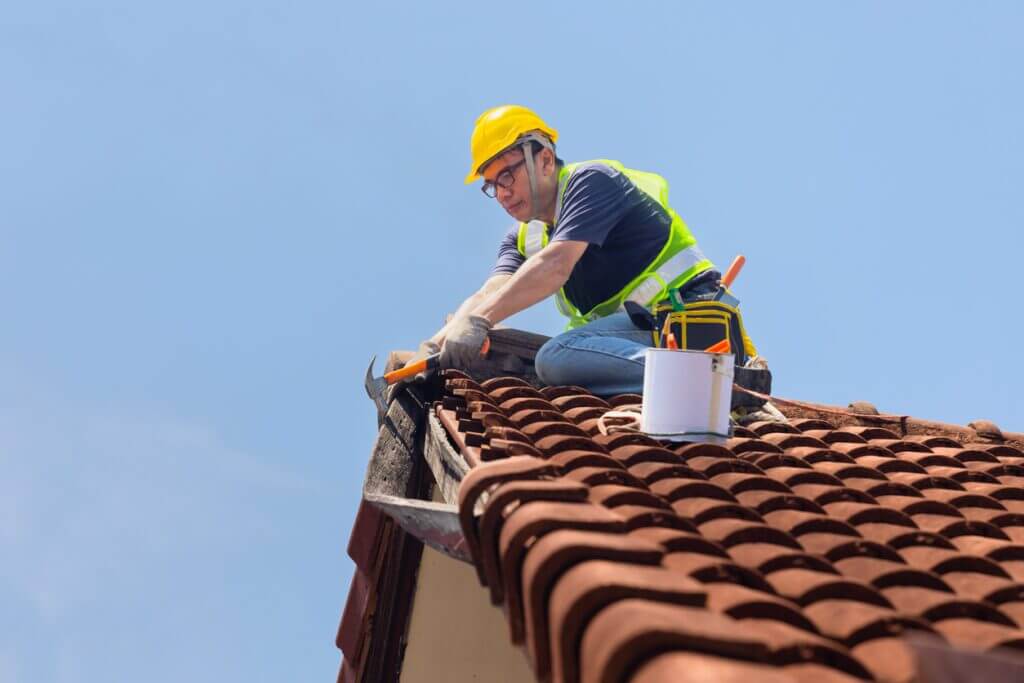
Soffits and fascia may not be the most visible parts of your roof, but they play a critical role in protecting your home from moisture, pests, and long-term structural damage. Left unrepaired, minor issues like peeling paint or a sagging panel can escalate into costly repairs involving rafters, gutters, siding, and even your attic insulation.
At Mr. Roofer, we don’t believe in pushing full replacements when a thoughtful fascia and soffit repair will do. With decades of hands-on experience and a strong reputation among Atlanta homeowners, our team is committed to fixing what’s fixable and doing it right the first time. From diagnosing hidden rot to matching materials seamlessly, we deliver durable repairs that preserve your home’s value and protect it for years to come.
If you’ve noticed any warning signs or just want a professional eye on an older roof, don’t wait. Contact Mr. Roofer today to schedule your soffit and fascia inspection. Because a strong roofline starts with the details.
